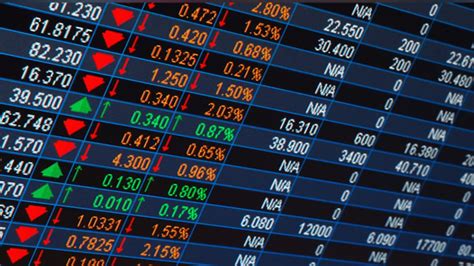In the world of economics, every decimal point matters. The Australian economy, like a finely tuned instrument, responds to even the smallest fluctuations in inflation rates and interest rates set by the Reserve Bank of Australia (RBA).
Understanding Inflation Data
In November, the Australian Bureau of Statistics reported that inflation rose to 2.3%, sparking speculations about a pre-election interest rate cut from the RBA. This uptick in inflation figures was driven partly by government electricity rebates reaching households. It’s fascinating how such seemingly small financial injections can trigger a ripple effect in economic indicators.
RBA’s Deliberations and Market Sentiment
The RBA closely monitors these inflation numbers as it contemplates potential interest rate adjustments. The central bank’s preferred measure for inflation, known as the “trimmed mean” or underlying inflation rate, fell slightly from 3.5% to 3.2% in November. Despite this decrease, market analysts are buzzing with expectations of an impending rate cut – some estimating a more than 70% likelihood come February.
Expert economists like Chris Richardson weigh in on these developments, suggesting that falling inflation paves the way for rate cuts but cautioning against premature celebrations. Richardson hints at a possible series of rate reductions throughout 2025 but warns that timing is crucial; perhaps post-election could be more realistic.
Political Implications and Economic Management
As political parties gear up for the federal election, topics like inflation and interest rates take center stage alongside broader economic management discussions. A potential February rate cut could significantly influence voter sentiments and potentially tip the scales for certain parties.
Treasurer Jim Chalmers cautiously treads around commenting on RBA decisions but acknowledges the positive strides made in curbing price rises since their peak two years prior. Chalmers’ careful rhetoric reflects the delicate dance between political stewardship and economic policy-making.
Sectoral Contributions to Inflation
Diving deeper into the data reveals interesting insights into which sectors are driving these inflation trends. Food and nonalcoholic beverages along with alcohol and tobacco were significant contributors to November’s rise in prices while electricity costs experienced a sharp decline due to government interventions.
Labor market indicators also paint a vivid picture of Australia’s economic landscape with job vacancies showing signs of recovery after months of stagnation – yet another piece in this intricate puzzle reflecting broader economic health.
Voices From Different Corners
As expected, different stakeholders interpret these statistics through their unique lenses – from labor unions advocating for prompt action on cutting rates to opposition figures accusing incumbent policies of distorting realities with temporary fixes.
Each perspective adds layers to this unfolding narrative of monetary policy decisions entwined with political strategies aimed at shaping Australia’s economic trajectory amidst global uncertainties.
Amidst all these numbers and projections lies a nation navigating its financial waters, where every percentage point signifies not just data but livelihoods intertwined with policies formed behind closed doors.




Leave feedback about this